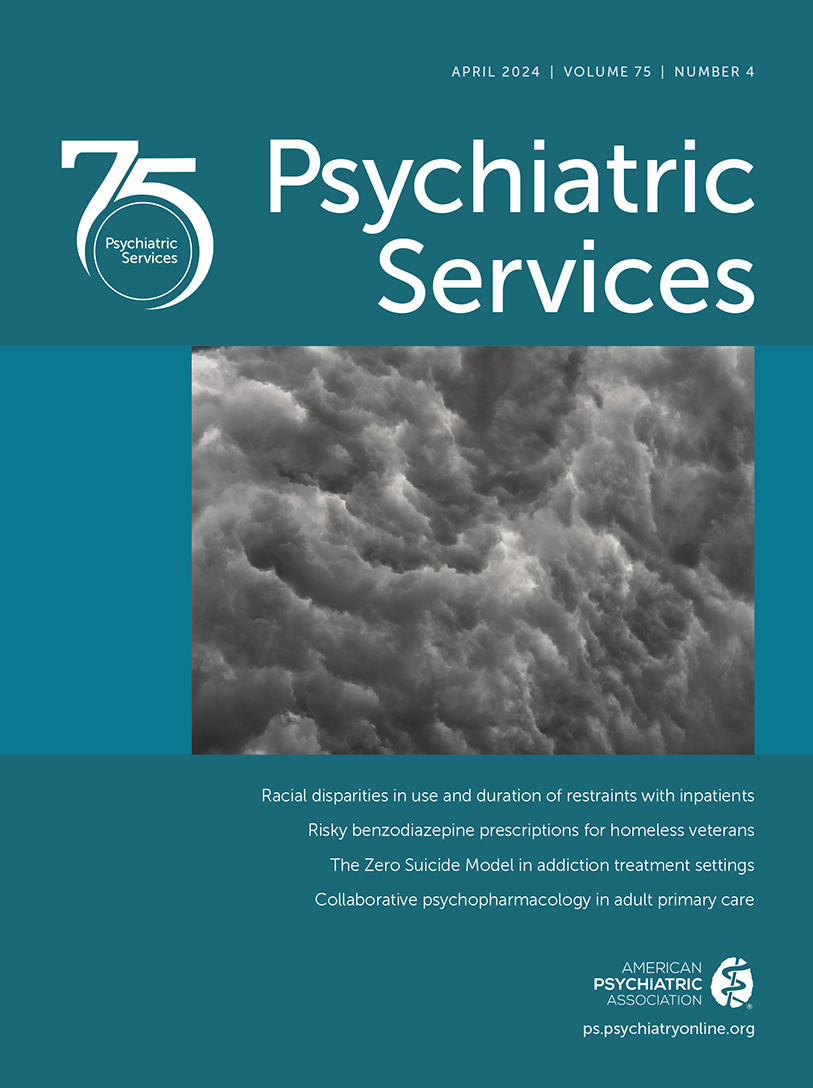Race-Based Disparities in the Frequency and Duration of Restraint Use in a Psychiatric Inpatient Setting
Abstract
Objective:
Patients’ race and age have each been identified as risk factors for experiencing restraint events during psychiatric hospitalization. Restraint duration is also an important variable in determining disparities in treatment. To the authors’ knowledge, no studies to date have examined the effect of the interaction of race and age on restraint use and duration in inpatient psychiatric settings. This retrospective chart review of electronic medical records of patients admitted between 2012 and 2019 sought to examine whether race and age interacted in predicting differences in the use and duration of restraints in a psychiatric inpatient setting.
Methods:
Logistic and hierarchical regression analyses were conducted on data from a sample of 29,739 adolescent (ages 12–17 years) and adult (ages ≥18 years) inpatients to determine whether the interaction of race and age group (adolescent or adult) significantly predicted a restraint event or differences in restraint duration.
Results:
Black (adjusted OR [AOR]=1.85) and multiracial (AOR=1.36) patients were more likely to experience a restraint event than were their White peers. Black race was also significantly (p=0.001) associated with longer restraint duration. No significant interaction was detected between race and age in predicting restraint events or duration.
Conclusions:
Although the interaction between race and age did not predict restraint events or duration, the findings indicate racial disparities in the frequency and duration of restraint events among Black and multiracial individuals and may inform efforts to reduce these events.
Access content
To read the fulltext, please use one of the options below to sign in or purchase access.- Personal login
- Institutional Login
- Sign in via OpenAthens
- Register for access
-
Please login/register if you wish to pair your device and check access availability.
Not a subscriber?
PsychiatryOnline subscription options offer access to the DSM-5 library, books, journals, CME, and patient resources. This all-in-one virtual library provides psychiatrists and mental health professionals with key resources for diagnosis, treatment, research, and professional development.
Need more help? PsychiatryOnline Customer Service may be reached by emailing [email protected] or by calling 800-368-5777 (in the U.S.) or 703-907-7322 (outside the U.S.).



